Volvo XC60 – Wrapping with Polyurethane Paint Protection Film
If you want to enjoy your car’s shiny body and the absence of scratches for longer, a protective layer is essential. Among all coatings, namely ceramic, liquid glass, and films, the latter is considered the most effective in preventing unwanted damage.

In today’s review, we will explore the process of applying a paint protection film using a Volvo XC60 as an example. This premium crossover catches the eye of many, and it’s important not to lose its appeal. If the body is left unprotected, scratches and scuffs will become very noticeable over time, and the shine of the paint will no longer be as attractive. The film solves all of these problems.
Let’s dive into how the experts at our studio selected the film and the wrapping process for the Volvo, while also discussing the key nuances of film protection.
The Importance of Choosing the Right Film: Understanding the Differences Between Vinyl and Polyurethane
When deciding to wrap your car, many drivers face the challenge of choosing the right material. Our CarEngineering specialist can always help with that. But to make it easier for you to navigate the choices for your XC60, let’s get to know them better.
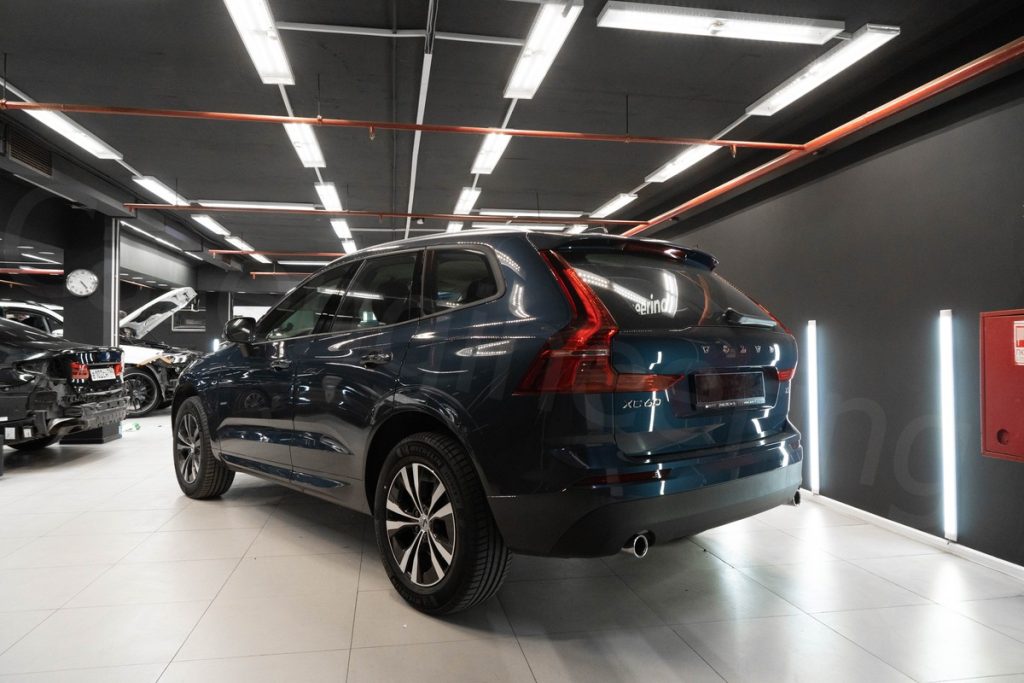
Vinyl – This film is designed for car styling. It offers many interesting design solutions, from color changes to unique patterns and designs on the car body.
Vinyl has decent characteristics, but it cannot be considered effective protection. With a thickness of 100-150 microns, it’s enough to prevent scratches from branches, sand, and rough washing. However, it is unlikely to stay intact when hit by a stone.
Polyurethane film is a reliable material for protecting the car’s paintwork. In terms of protection, polyurethane surpasses any other coating. Its key features include:
- Thickness from 150 to 210 microns – much thicker than vinyl. This thickness enhances the level of protection. That’s why a Volvo XC60 wrapped in polyurethane film is not afraid of scratches, chips, scuffs, minor accidents, rough washing, accidental curb bumps, or even key scratches. Flying stones are also less likely to leave marks on the body, as they might with vinyl.
- Self-healing ability – Since polyurethane film behaves more like elastic rubber, any defects on the Volvo XC60 will heal on their own under the influence of heat. A few hours in the sun is enough to trigger the self-healing process. This feature keeps the film in good condition throughout its lifespan.
- Lifespan of 5 to 8 years – In comparison, vinyl will last up to 5 years with regular use. While that’s sufficient for styling, it’s not enough for protection. Polyurethane is a long-term solution, offering reliable protection for many years.
- Excellent temperature resistance – It’s crucial for the film to protect the car effectively in all seasons, and polyurethane handles this task perfectly.
When choosing the film, the expert will take all your preferences into account, selecting the optimal thickness and stretch coefficient suitable for the vehicle.
Detailed Overview of the Volvo XC60 Wrapping Process: How to Choose the Right Protection Method
When selecting the film, it’s also important to consider the protection package. Since the owner opted for partial protection, only a transparent film is suitable for this package.
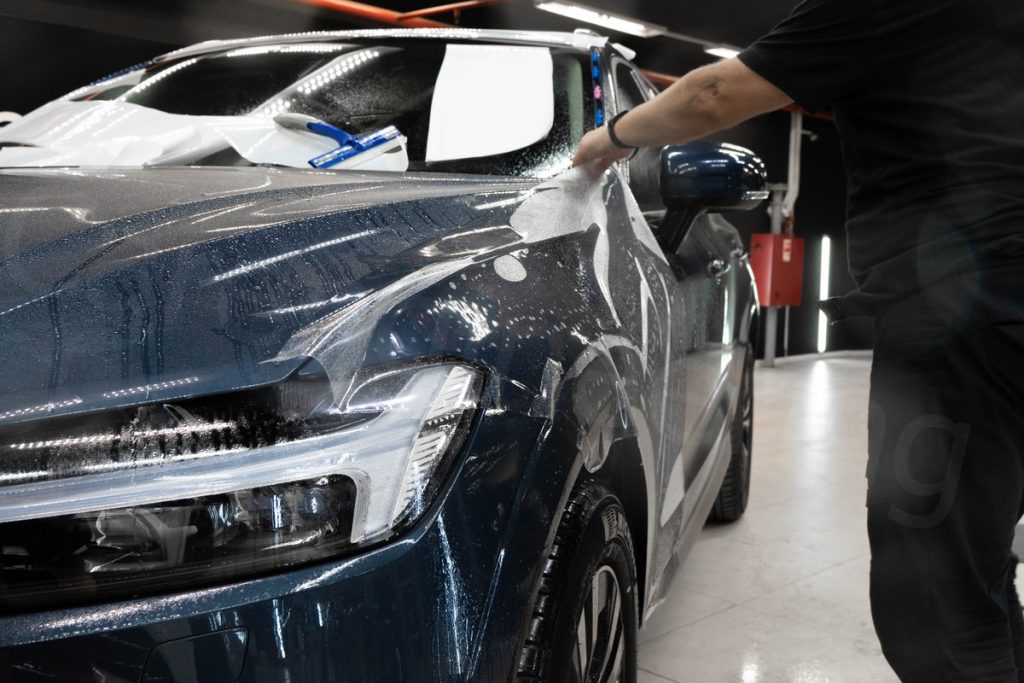
With this option, only the high-risk areas, such as the front part of the body, are protected. Colored films would be visually noticeable on the body and spoil the result, giving the impression that the car hasn’t been fully wrapped.
At the same time, partial protection for the Volvo XC60 isn’t the most effective solution. The rest of the body remains vulnerable to damage. To minimize the risk of serious defects, we recommend partial wrapping for cars that are used infrequently. This way, the visual wear between the wrapped and unwrapped areas will be less noticeable after the film is removed.
For full wrapping, any film can be used: colored, matte, transparent, with carbon effects, chameleon, or other designs. The full protection package for the Volvo XC60 involves wrapping all possible elements of the body. This minimizes the risk of damage and wear during the film’s lifespan.
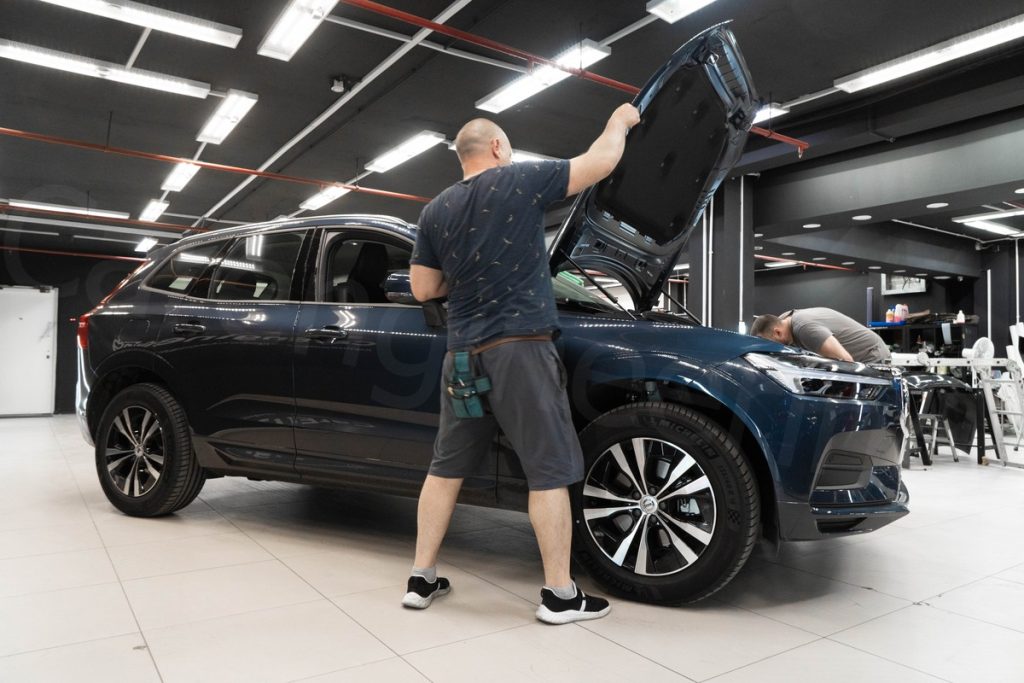
You can further improve the protection by opting for an additional service at our studio – the Anti-chrome package. This involves wrapping chrome parts of the Volvo in black vinyl. The film provides extra protection for the grille, brand emblems, window frames, and other small elements from scratches and rust.
Choosing the right protection package is essential, as it determines the level of your car’s defense. A CarEngineering expert will listen to your wishes and recommend the optimal protection method.
Key Aspects of Wrapping: How the Approach Affects Quality
Our studio’s experts do everything to ensure the wrapping meets your expectations. The car undergoes all necessary preparation stages, and the wrapping process takes into account the technical specifics of the model.
The first step before wrapping is disassembly. This process is entirely safe for the car, as it is performed by qualified specialists. Essential parts, such as the bumper and door handles, are carefully removed. These elements are washed and wrapped separately, then reassembled to factory standards.
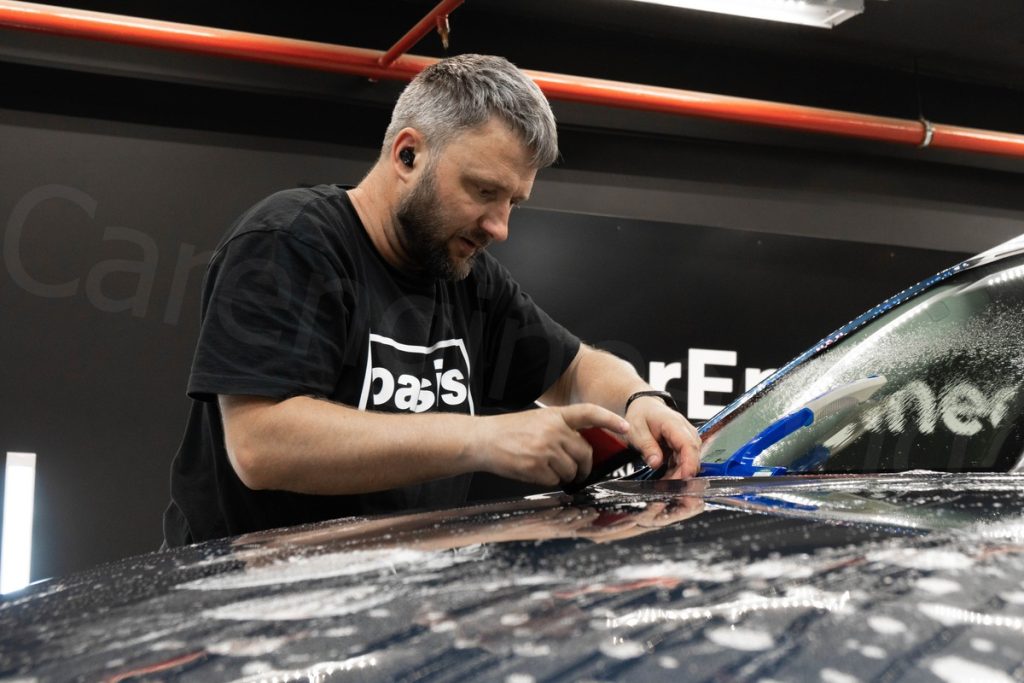
The washing process is done in stages to thoroughly clean all dirt from the body. Grease and dirt are also removed from the inner parts, which is necessary for wrapping the Volvo using the tuck-in technique.
Before wrapping, the specialists carefully inspect the body for chips and rust. It’s important to fix all defects in advance, as the film will highlight any imperfections.
The wrapping is done with attention to the body’s features. All complex curves, joints, and edges are meticulously processed until the car looks flawless in the film. It’s crucial to make the transparent film completely invisible, so it is smoothed with soft rubber squeegees to achieve the desired effect.
Tucking in the edges is the final stage of wrapping and one of the secrets to reliable protection. By folding the edge of the film 1-1.5 mm under the part, the level of protection increases significantly. Strong water pressure during washing or flying debris won’t lift the protection film. This step requires time and special attention, and the CarEngineering team ensures the best results.
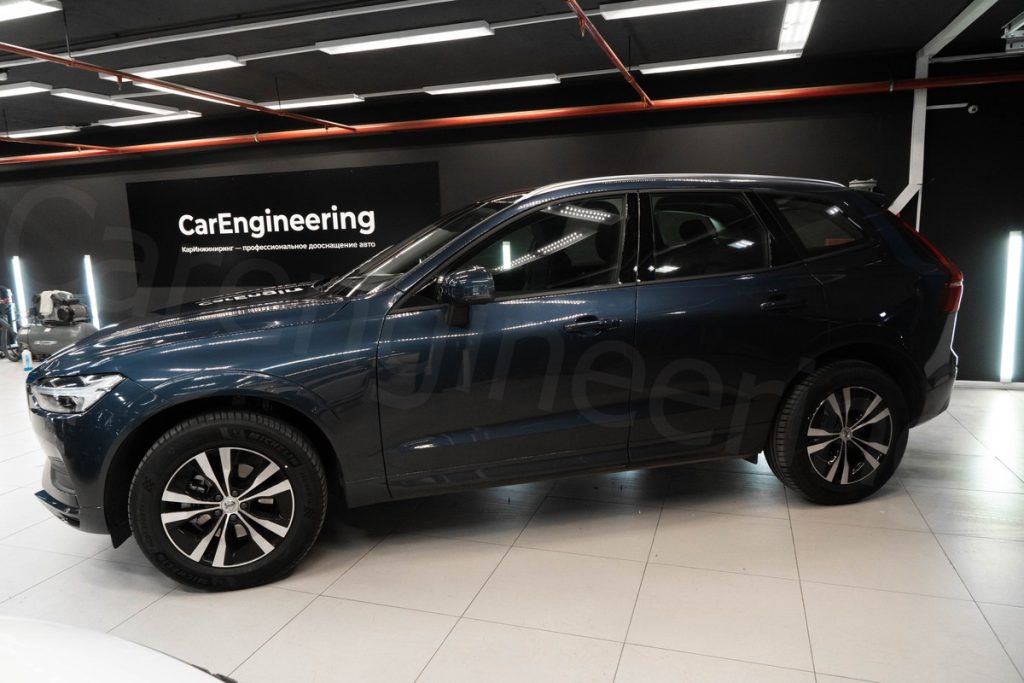
After tucking in the film, the wrapping is complete, and the car remains in the studio to dry until the next day. This is also important, as rain hitting the yet-to-dry edges could cause them to peel off. By giving the car time to dry, such situations can be avoided.
Care Tips for the Volvo’s Protective Film
In general, the film requires minimal maintenance, but there are a few important rules to follow after wrapping:
- Do not wash the car for at least 7 days after wrapping.
- Always inform car washers about the film on the body.
- Remove bird droppings as quickly as possible.
The technician will provide more details during the car handover.
Seven days after the wrapping, we invite you for a free inspection and car wash. This complimentary post-service allows us to ensure that the work has been done correctly and that you’re satisfied with the results.
If you’re looking for high-quality, reliable, and long-lasting car wrapping, visit our studio. We will help you wrap your car and handle any protection tasks, ensuring a result that will delight you.
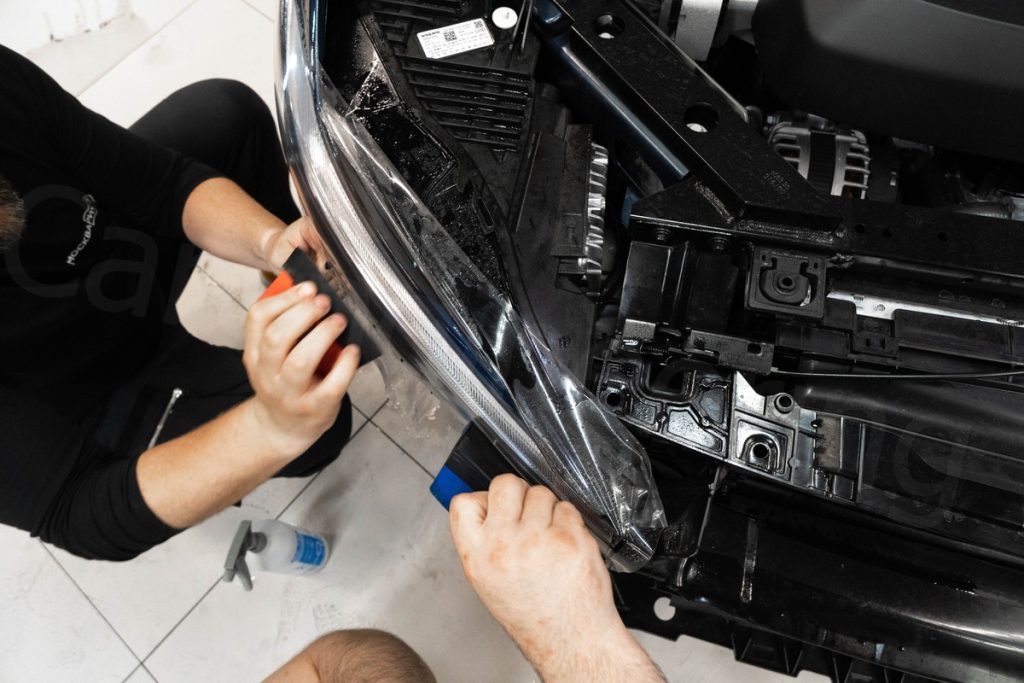
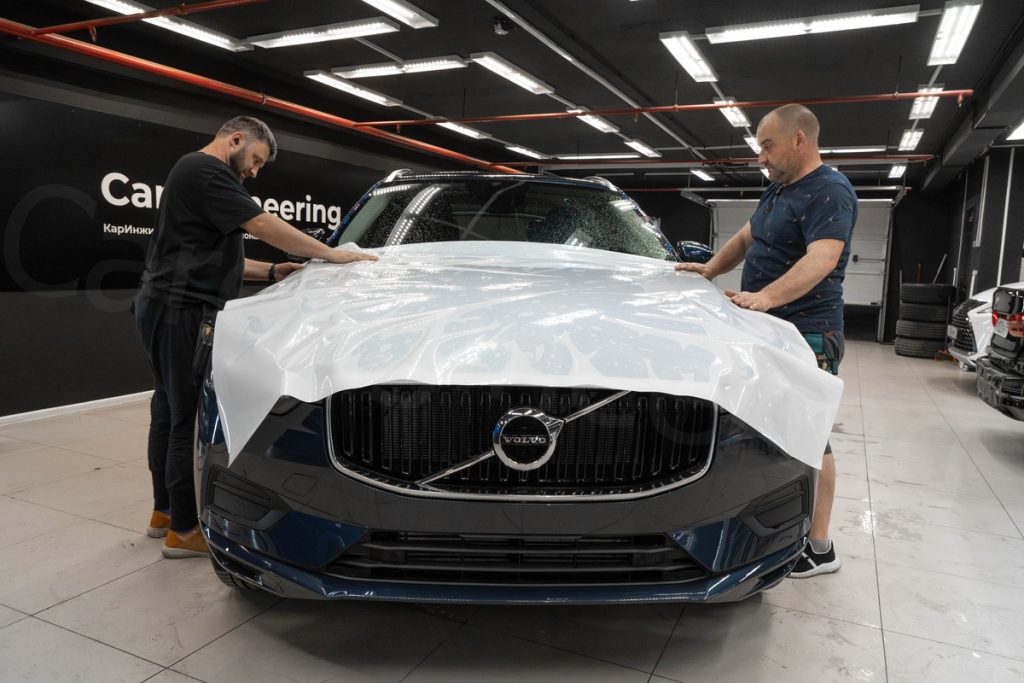
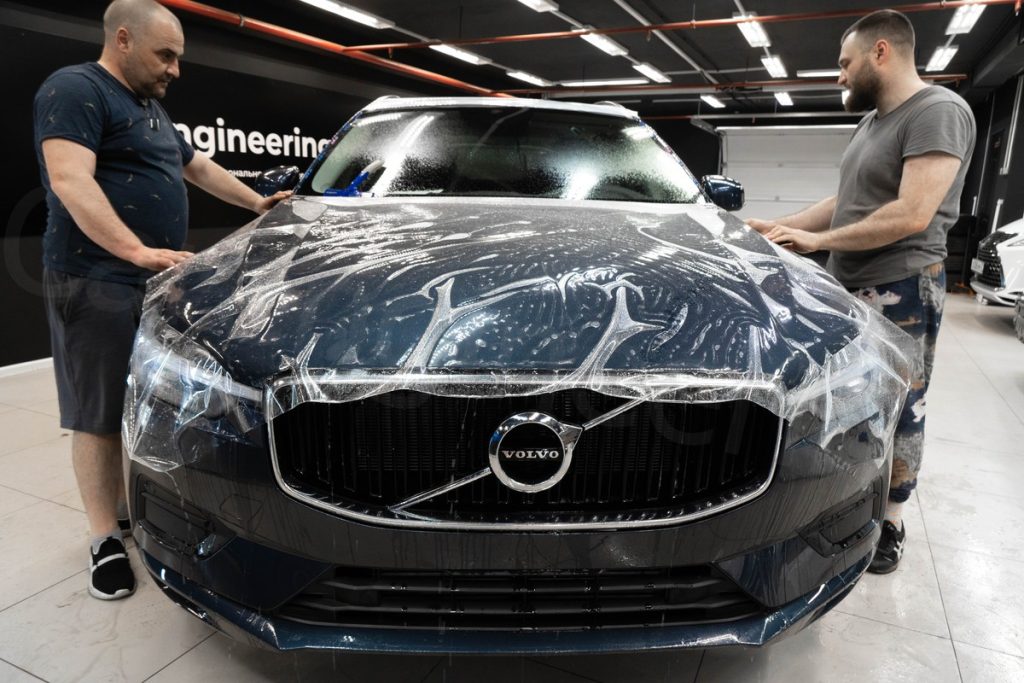
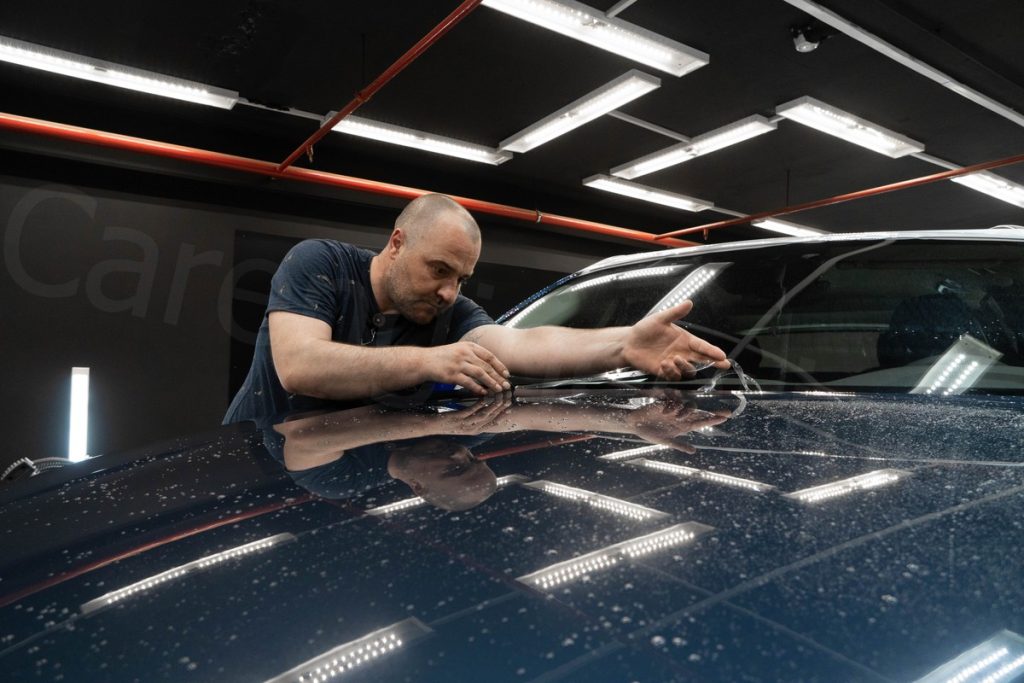
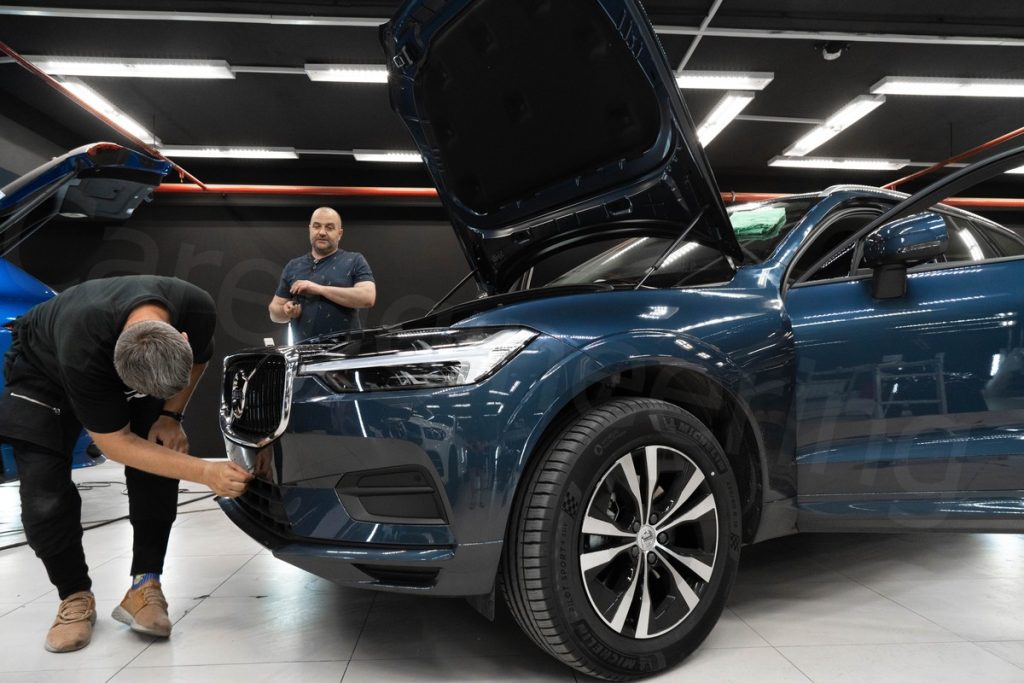
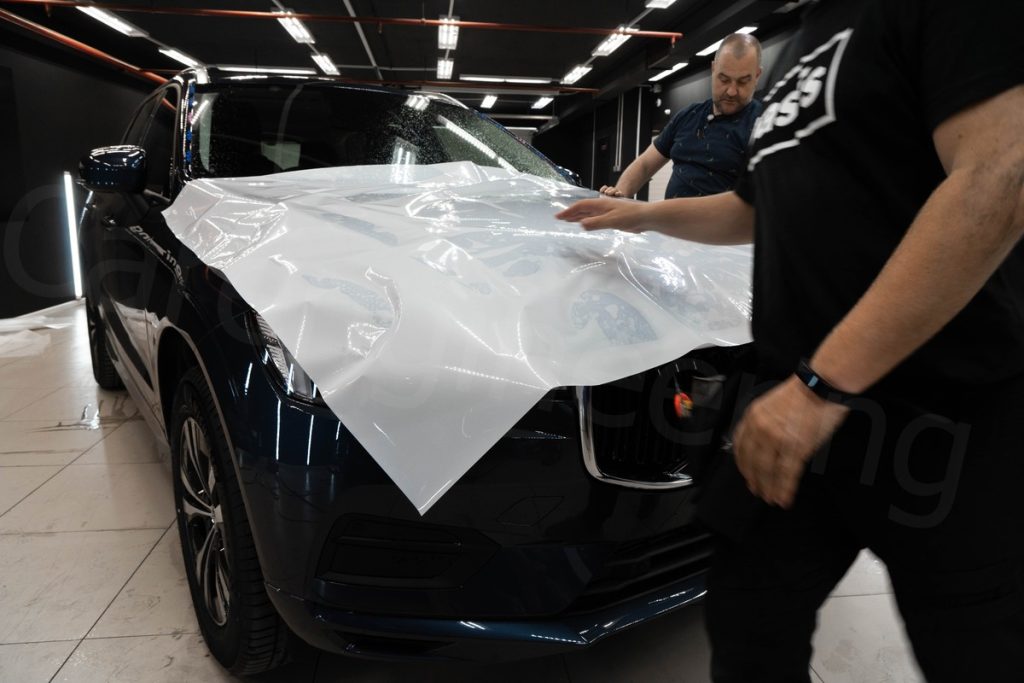
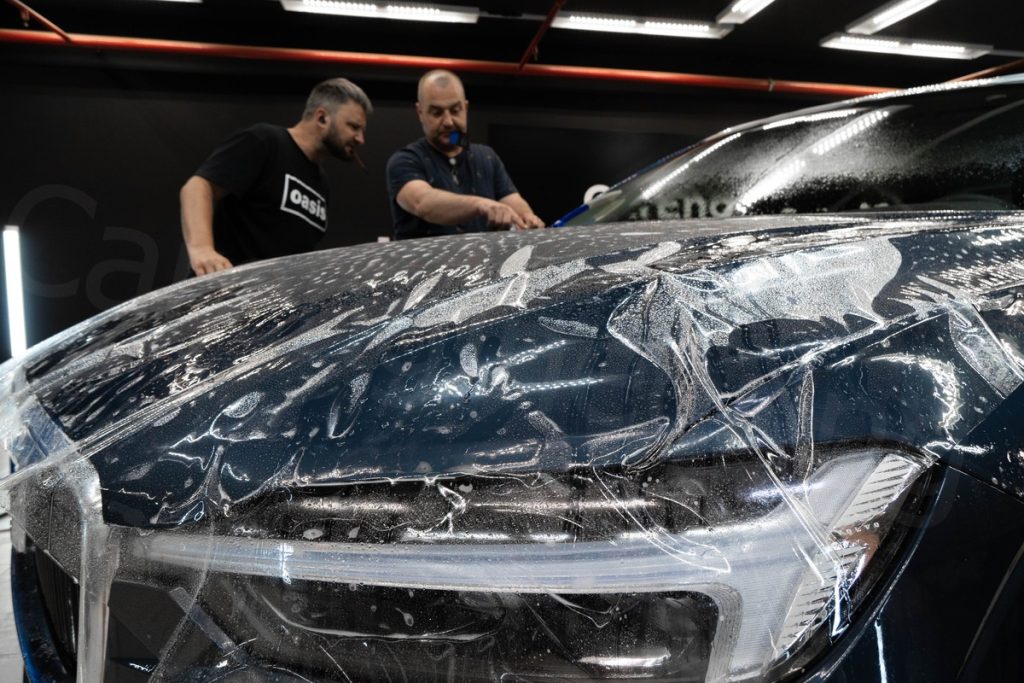
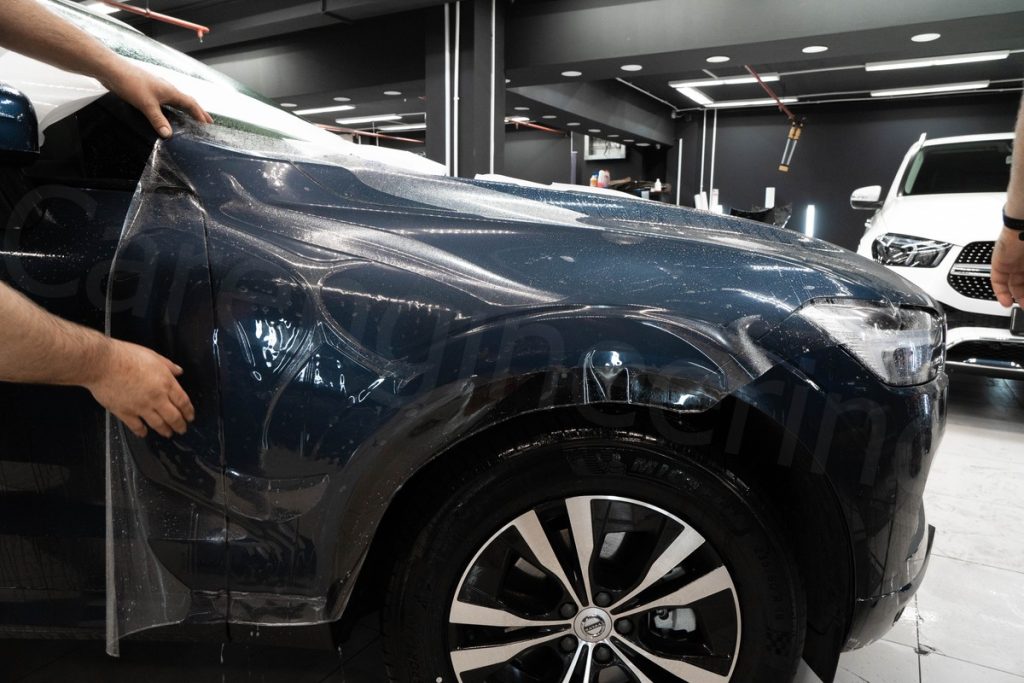
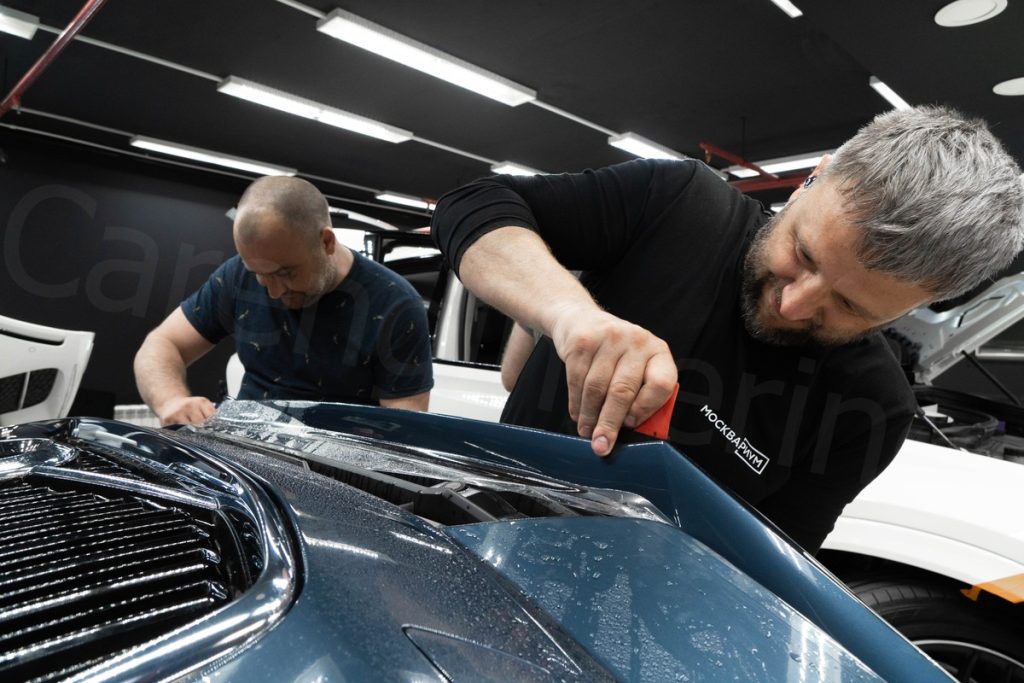
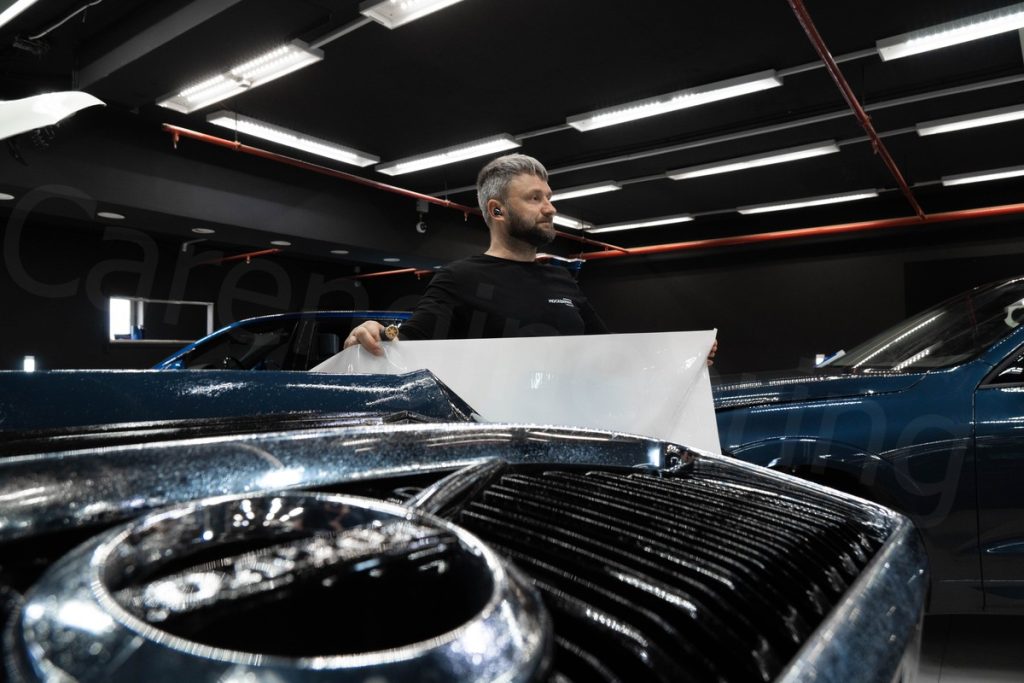
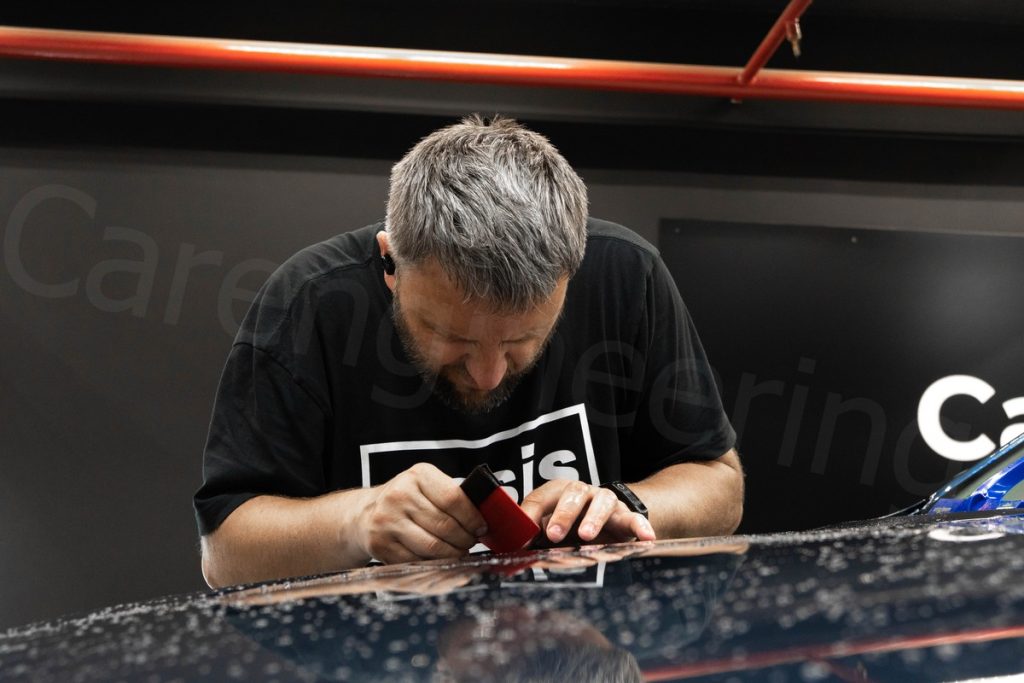


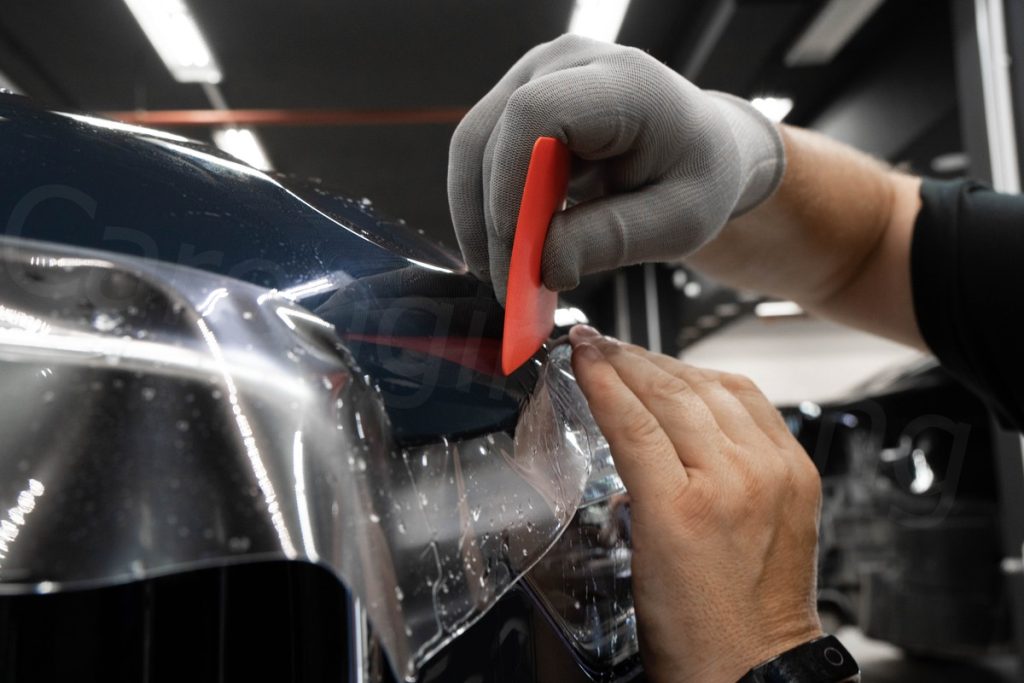
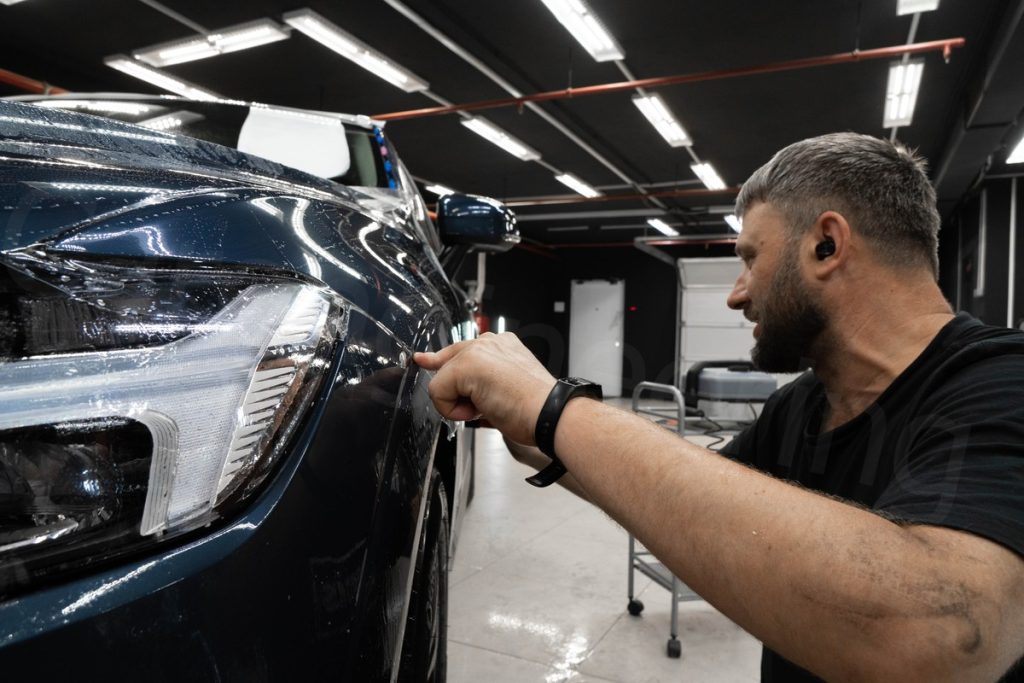
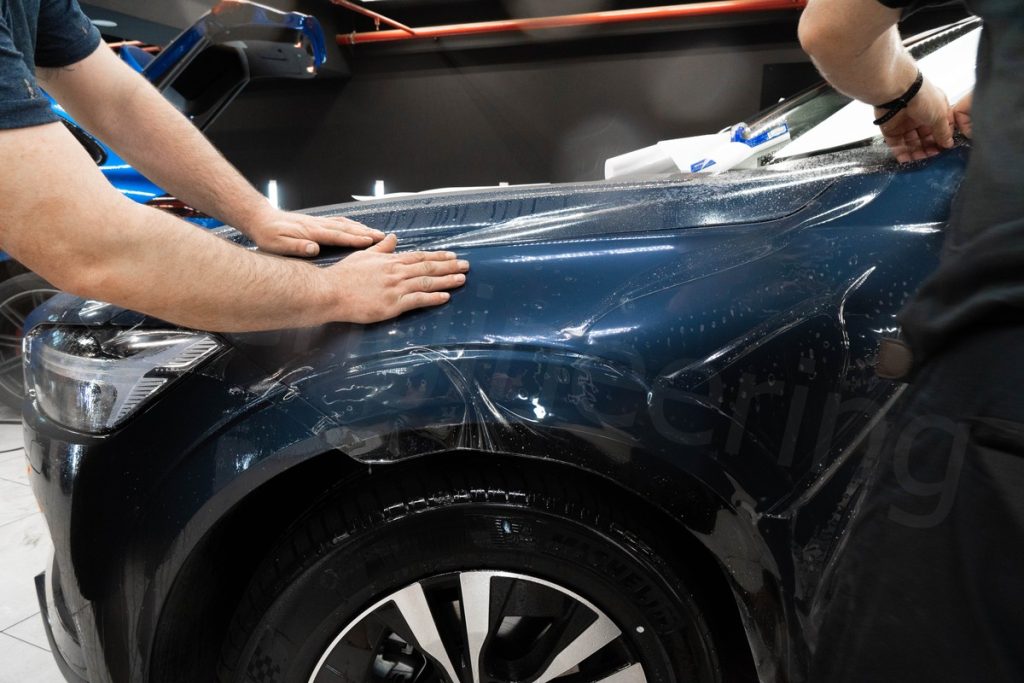
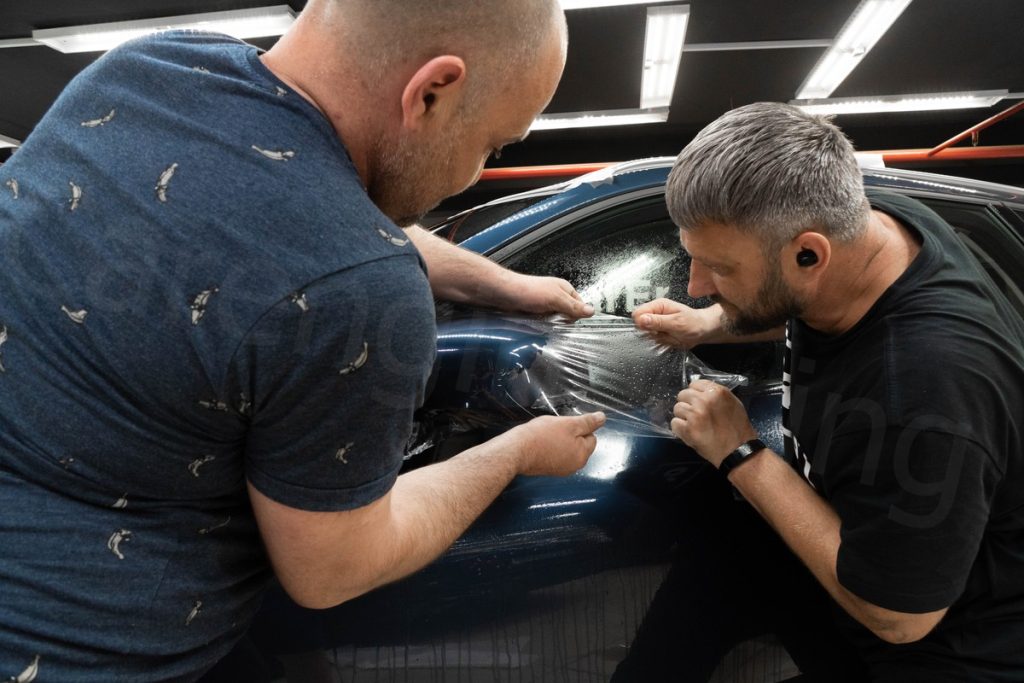

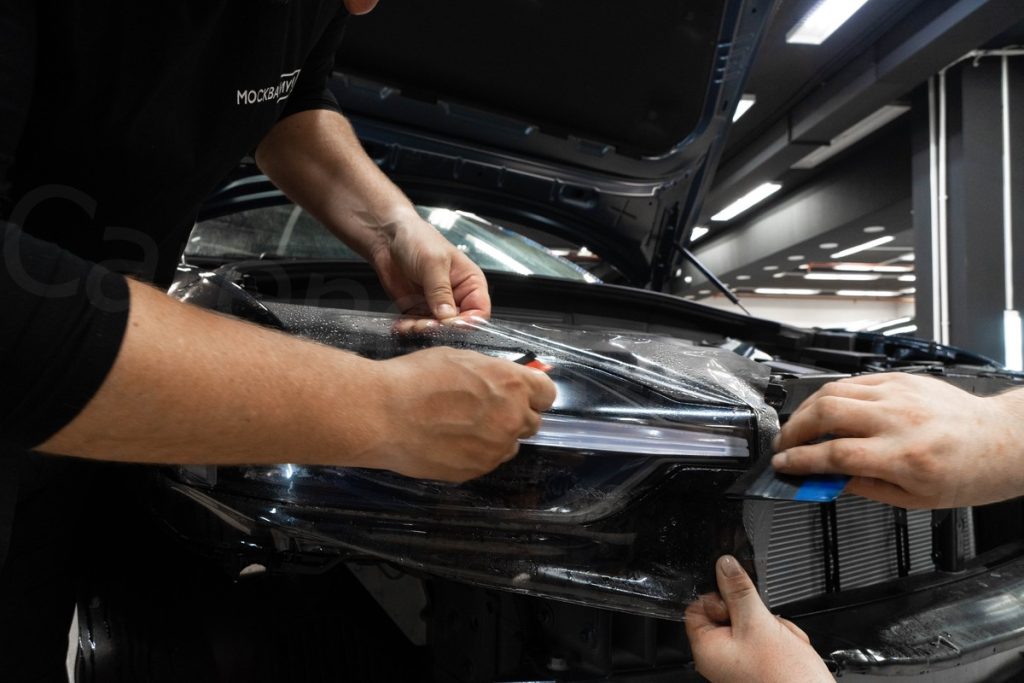
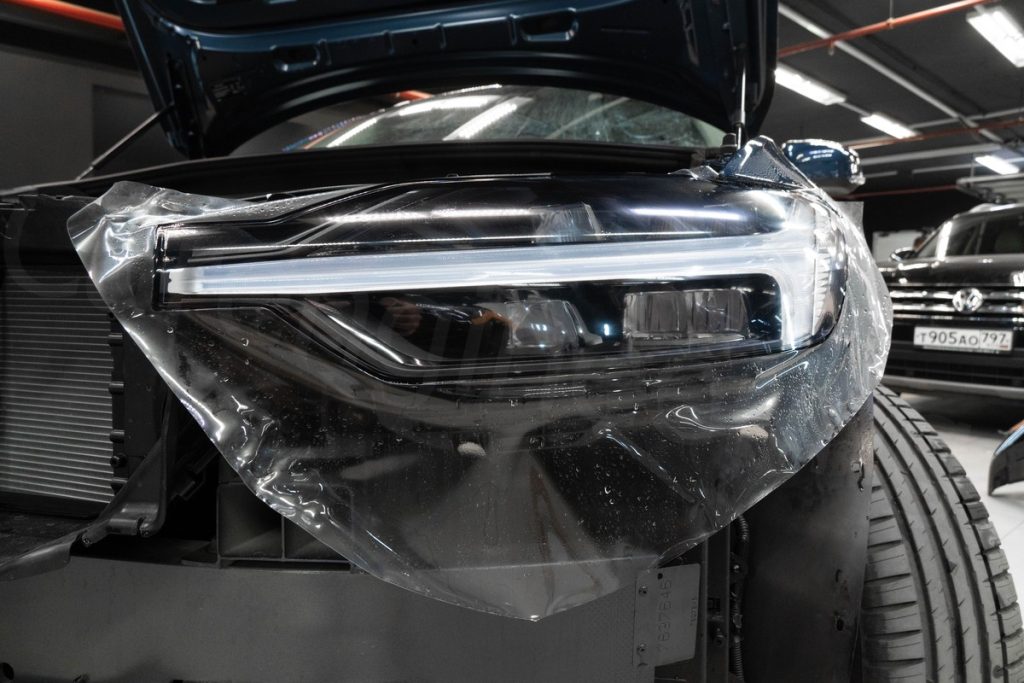

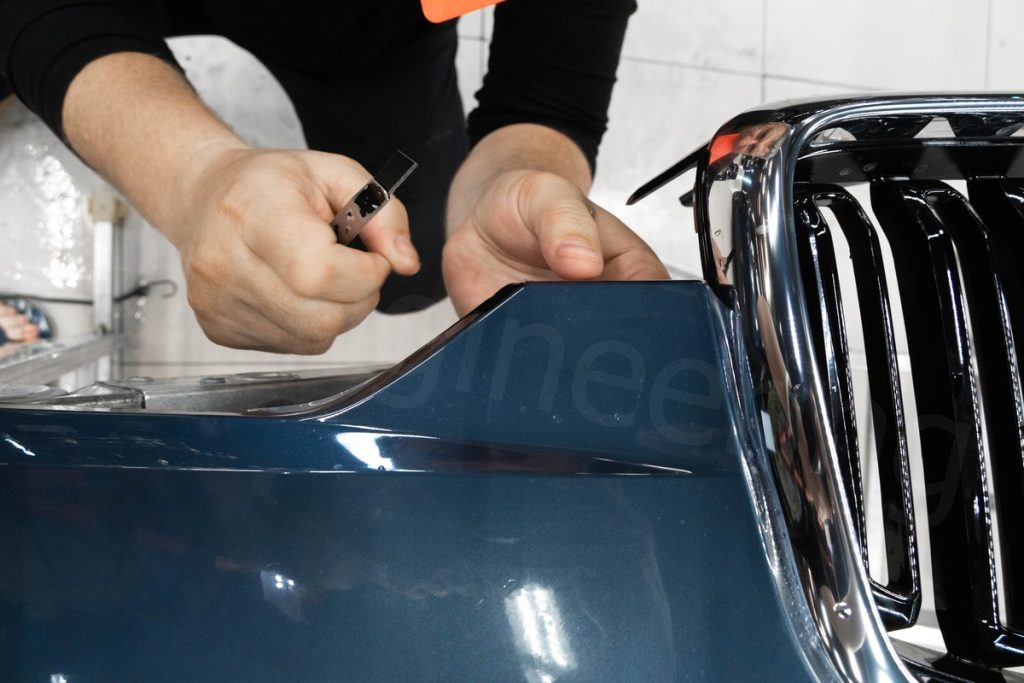
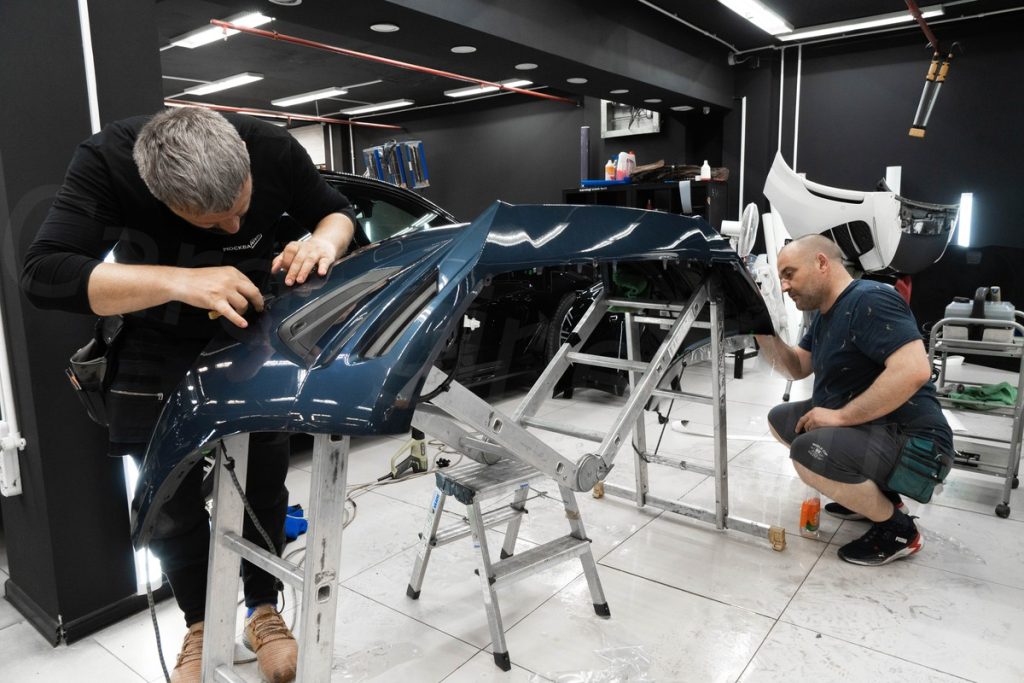


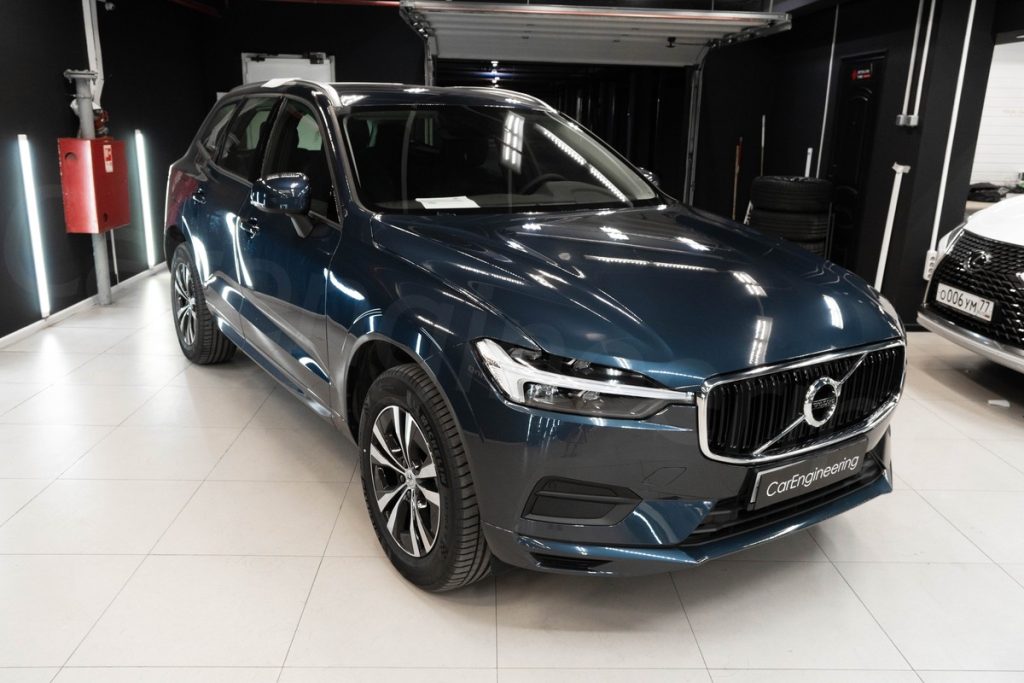

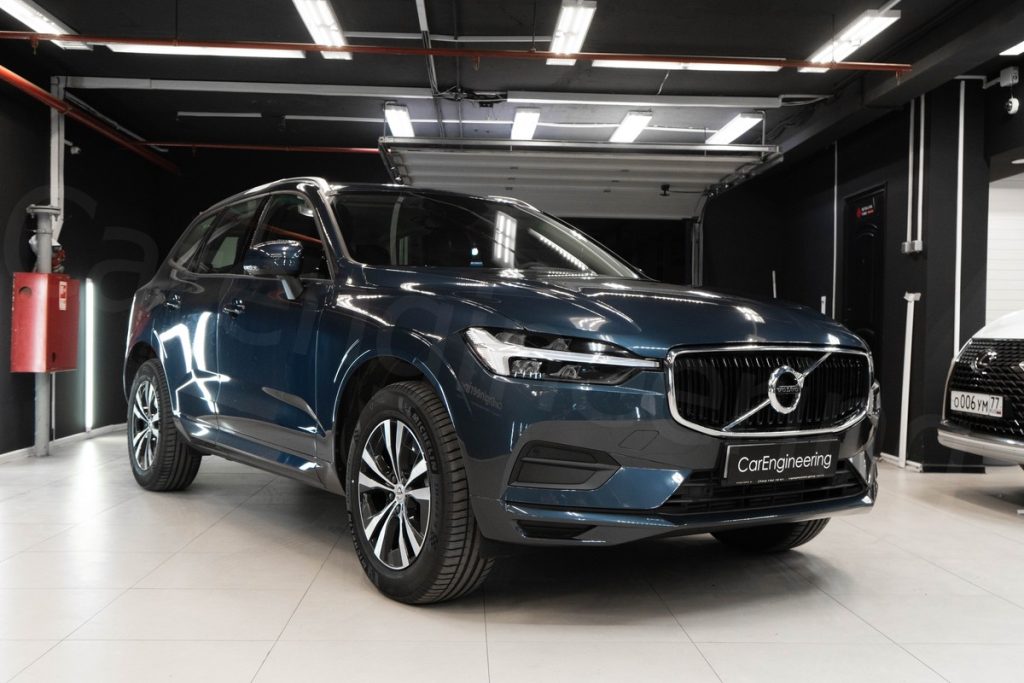
We will be glad to work with your car. Please contact us
☎️ 056 666 5810
📞 Whatsapp +971 56 666 58 10
We are located in Dubai – link – Al Quoz 2

